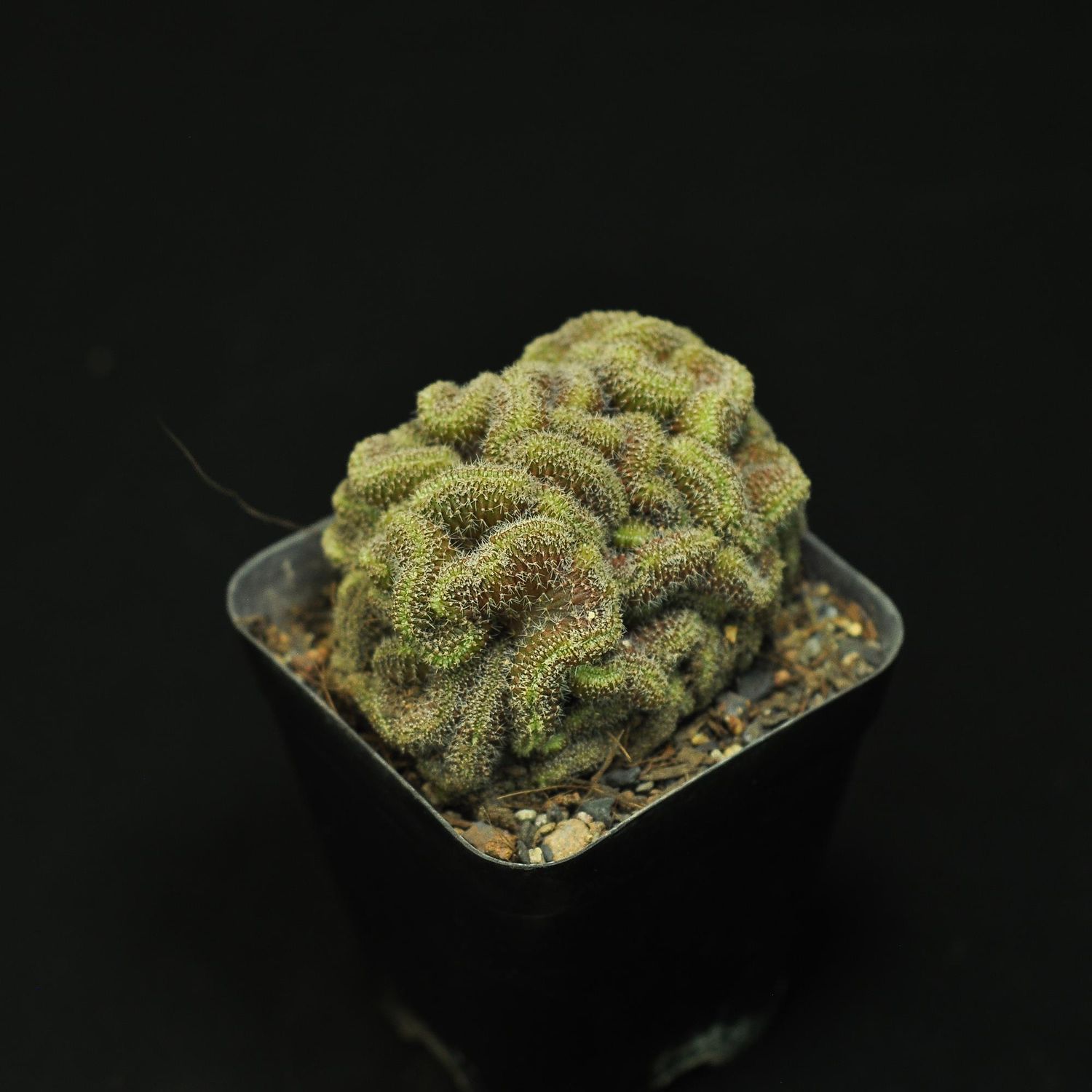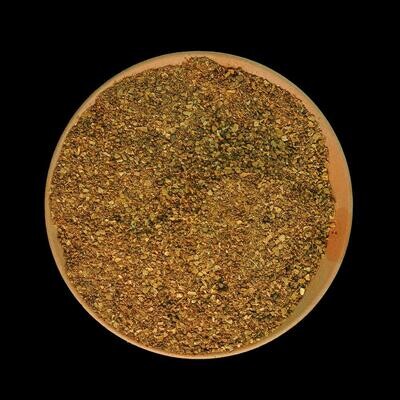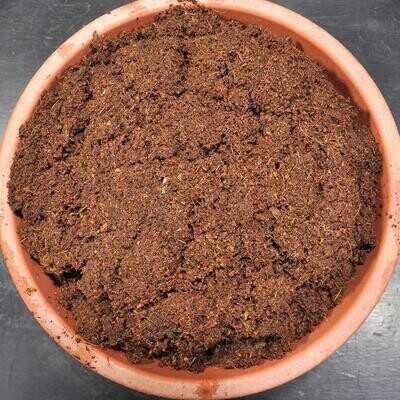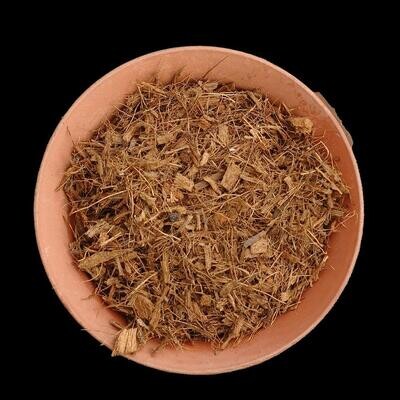Please check the Shipping Updates Page for information on shipping.
Mammillaria compressa cv. Yokan crest
Mammillaria compressa cv. 'Yokan Crest' is a cultivated variety of Mammillaria compressa. The name 'Yokan' is likely derived from a cultivator’s designation or a specific characteristic of this variety. The term 'crest' refers to the cristate, or crested, form of this cactus, where normal apical growth is altered, leading to a wavy, fan-like structure. 'Mammillaria' comes from the Latin word 'mammilla', meaning nipple, which describes the nipple-like tubercles characteristic of this genus.
Technical Description of Plant
Mammillaria compressa 'Yokan Crest' exhibits a unique and fascinating growth pattern. This crested form results in a ribbon-like, undulating, and densely packed structure. The plant is covered with small, conical tubercles from which emerge radial white spines, giving it a soft, fuzzy appearance. The crest varies in width and length, and the plant may produce small, pink flowers. The crested growth form makes each specimen unique and an attractive choice for collectors.
Origin of Plant
Mammillaria compressa, the base species of this cultivar, is native to Mexico. However, the 'Yokan Crest' variety, like other cultivated varieties, is a product of selective breeding and does not occur naturally in the wild.
Conservation Status
As a cultivated variety, Mammillaria compressa cv. 'Yokan Crest' does not have a specific conservation status. However, conservation efforts are essential for wild Mammillaria species, some of which may face threats in their natural habitats.
Care instructions
Mammillaria compressa 'Yokan Crest' should be planted in well-draining soil, preferably a mix formulated for cacti. It prefers bright, indirect light but can tolerate some direct sunlight. Water moderately during the growing season, allowing the soil to dry completely between waterings. In winter, reduce watering to prevent root rot. This cactus is not frost-tolerant and should be protected from freezing temperatures. As a crested cactus, it may be more prone to pests and diseases, so regular inspection and prompt treatment of any issues are important for maintaining its health.





